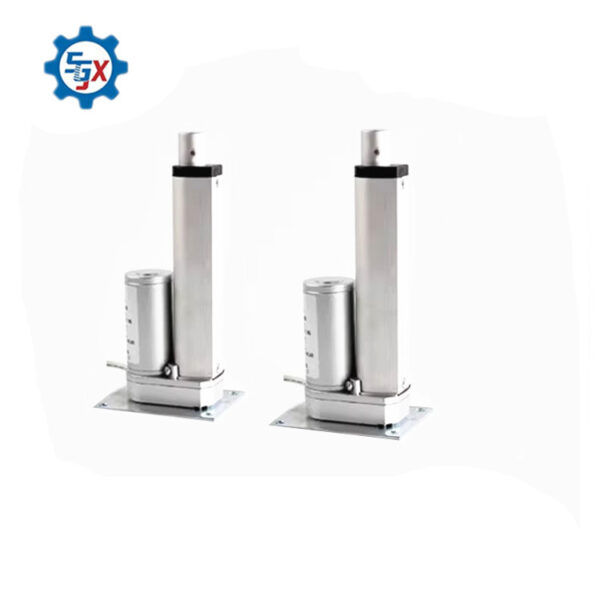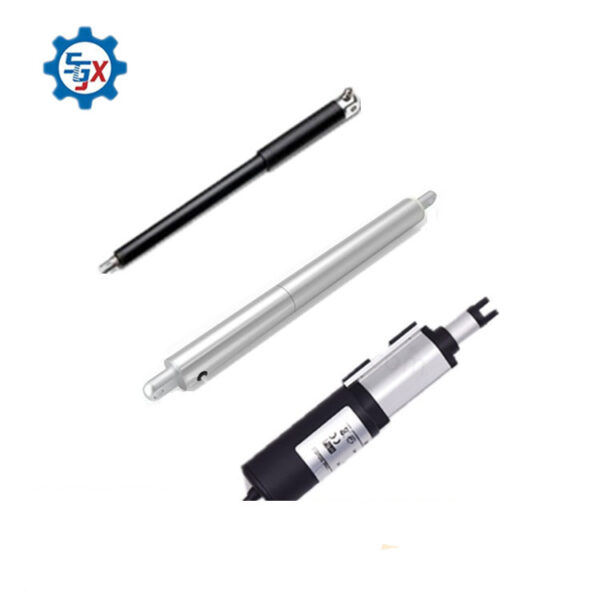
Cutting tools are tools used for cutting in mechanical manufacturing, also known as aluminum alloy cutting tools. Generalized cutting tools include both cutting tools and grinding tools. The vast majority of knives are for machine use, but some are also for hand use. Since the knives used in mechanical manufacturing are basically used to cut metal materials, the term “knife” is generally understood as a metal cutting tool. Knives for cutting wood are called woodworking knives.
The development of knives occupies an important position in the history of human progress. Brass cones and copper cones, drills, knives and other copper knives appeared in China as early as the 28th to 20th centuries BC. In the late Warring States period (third century BC), copper knives were made due to the mastery of carburizing technology. Drills and saws at that time had some similarities with modern flat drills and saws.
However, the rapid development of knives came in the late 18th century with the development of machines such as the steam engine. In 1783, René of France first produced milling cutters. In 1792, Mozley in England produced taps and dies. The earliest documented invention of the twist drill was in 1822, but it was not produced as a commodity until 1864.
The knives at that time were made of solid high-carbon tool steel, and the allowable cutting speed was about 5 m/min. In 1868, Mushet in England made alloy tool steel containing tungsten. In 1898, Taylor and the United States. White invents high-speed steel. In 1923, Germany’s Schrotter invented the animation camera.
When alloy tool steel is used, the cutting speed of the tool is increased to about 8 m/min. When high-speed steel is used, it is increased by more than two times. When aluminum alloy is used, it is increased by more than two times than that of high-speed steel. The surface quality and dimensional accuracy of the workpiece are also greatly improved.
Due to the high price of high-speed steel and aluminum alloy, the cutting tool has welding and mechanical clamping structure. From 1949 to 1950, the United States began to use indexable inserts on turning tools, and soon it was applied to milling cutters and other tools. In 1938, Germany’s Degusa company obtained a patent on ceramic knives. In 1972, General Electric Company of the United States produced polycrystalline synthetic diamond and polycrystalline cubic boron nitride blades. These non-metallic tool materials allow the tool to cut at higher speeds.
In 1969, the Swedish Sandvik Steel Works obtained a patent for producing titanium carbide-coated aluminum alloy blades by chemical vapor deposition. In 1972, Bangsha and Lagolan in the United States developed a physical vapor deposition method to coat a hard layer of titanium carbide or titanium nitride on the surface of aluminum alloy or high-speed steel tools. The surface coating method combines the high strength and toughness of the base material with the high hardness and wear resistance of the surface layer, so that the composite material has better cutting performance.
Cutting tools can be divided into five categories according to the surface form of the workpiece. Tools for processing various external surfaces, including turning tools, planers, milling cutters, external surface broaches and files, etc.; hole processing tools, including drills, reamers, boring cutters, milling cutters and internal surface broaches, etc.; thread processing Tools, including taps, dies, automatic opening and closing thread cutting heads, thread turning tools and thread milling cutters, etc.; gear processing tools, including hobs, gear shapers, shaving cutters, bevel gear processing tools, etc.; cutting tools, including inserts Toothed circular saw blades, band saws, bow saws, cut-off turning tools and saw blade milling cutters, etc. In addition, there are combination knives.
According to the cutting motion mode and the corresponding blade shape, the cutting tools can be divided into three categories. General-purpose cutting tools, such as turning tools, planing cutters, milling cutters (excluding formed turning tools, shaped planing cutters and formed milling cutters), boring cutters, drills, reamers, milling cutters and saws, etc.; forming tools, cutting edges of such tools It has the same or nearly the same shape as the section of the workpiece to be processed, such as forming turning tools, forming planers, forming milling cutters, broaches, conical milling cutters and various thread processing tools, etc.; generating tools are used to process gears by generating method Tooth flanks or similar workpieces, such as hobs, gear shapers, shaving cutters, bevel gear planers and bevel gear milling discs, etc.
The structure of various cutting tools consists of a clamping part and a working part. The clamping part and the working part of the integral structure tool are all made on the cutter body; the working part (knife tooth or blade) of the insert structure tool is mounted on the cutter body.
There are two types of tool clamping parts with holes and handles. The tool with a hole is set on the main shaft or mandrel of the machine tool by means of the inner hole, and the torsional moment is transmitted by means of an axial key or an end face key, such as a cylindrical milling cutter, a shell face milling cutter, etc.
There are usually three types of shank knives: rectangular shank, cylindrical shank and conical shank. Turning tools, planing tools, etc. are generally rectangular shanks; conical shanks bear axial thrust by taper, and transmit torque with the help of friction; cylindrical shanks are generally suitable for smaller twist drills, end mills and other tools. The resulting frictional force transmits the torque. The shank of many shank knives is made of low alloy steel, and the working part is made of high speed steel butt welding the two parts.
The working part of the tool is the part that generates and processes chips, including structural elements such as the blade, the structure that breaks or rolls up chips, the space for chip removal or chip storage, and the passage of cutting fluid. The working part of some tools is the cutting part, such as turning tools, planers, boring tools and milling cutters; the working part of some tools includes cutting parts and calibration parts, such as drills, reamers, milling cutters, internal surface pull Knives and taps etc.
The function of the cutting part is to remove chips with the blade, and the function of the calibration part is to smooth the machined surface and guide the tool.
The structure of the working part of the tool has three types: integral type, welding type and mechanical clamping type. The overall structure is to make a cutting edge on the cutter body; the welding structure is to braze the blade to the steel cutter body; there are two mechanical clamping structures, one is to clamp the blade on the cutter body, and the other is It is to clamp the brazed cutter head on the cutter body. Aluminum alloy knives are generally made of welded structure or mechanical clamping structure; porcelain knives all adopt mechanical clamping structure.
When selecting the angle of the tool, it is necessary to consider the influence of various factors, such as workpiece material, tool material, processing properties (rough, finishing), etc., and must be selected reasonably according to the specific situation. Generally speaking, the tool angle refers to the marked angle used for manufacturing and measurement. In actual work, due to the different installation positions of the tool and the change of the cutting movement direction, the actual working angle is different from the marked angle, but usually the difference is very small. The material used to make knives must have high high temperature hardness and wear resistance, necessary bending strength, animation and chemical inertness, good processability (cutting, forging and heat treatment, etc.), and not easily deformed.
Generally, when the hardness of the material is high, the wear resistance is also high; when the bending strength is high, the impact toughness is also high. But the harder the material, the lower its flexural strength and impact toughness. Due to its high bending strength and impact toughness, as well as good machinability, high-speed steel is still the most widely used tool material in modern times, followed by aluminum alloy.
Polycrystalline cubic boron nitride is suitable for cutting high-hardness hardened steel and hard cast iron; polycrystalline diamond is suitable for cutting non-ferrous metals, alloys, plastics, and glass fiber reinforced plastics; carbon tool steel and alloy tool steel are now only used For files, dies and taps and other tools.
Aluminum alloy indexable inserts have now been coated with titanium carbide, titanium nitride, alumina hard layers or composite hard layers by chemical vapor deposition. The developing physical vapor deposition method can be used not only for aluminum alloy cutting tools, but also for high-speed steel cutting tools, such as drill bits, hobs, taps and milling cutters. The hard coating acts as a barrier that hinders chemical diffusion and heat conduction, slows down the wear rate of the tool during cutting, and the life of the coated blade is about 1 to 3 times longer than that of the non-coated blade.
Due to the high temperature, high pressure, high speed, and parts working in corrosive fluid media, more and more difficult-to-machine materials are used, and the automation level of cutting processing and the requirements for processing accuracy are getting higher and higher. In order to adapt to this situation, the development direction of cutting tools will be to develop and apply new cutting tool materials; further develop the vapor deposition coating technology of cutting tools, and deposit higher hardness coatings on high-toughness and high-strength substrates to better solve the problem. The contradiction between the hardness and strength of the tool material; further develop the structure of the indexable tool; improve the manufacturing accuracy of the tool, reduce the difference in product quality, and optimize the use of the tool.




No comment